1874
Beautiful triptych in very fresh colors representing one of the actors wearing a kimono with skulls.
Previously mounted leaves, two small losses, one in the left outer border, the other in the upper left margin, a few soft handling folds.
Oban
Nishiki-e
Kunichika's success continued throughout the Meiji era. In 1874, the magazine Shinbun hentai wrote: "Color woodcuts are one of the specialties of Tokyo and Kyōsai, Yoshitoshi, Yoshiiku, Kunichika and Ginkō are experts in this field." His contemporaries agreed that in Utagawa school: "Yoshitoshi was the specialist in impressions of warriors, Kunichika the wood engraver known for his portraits of actors and Chikanobu for court ladies. He also distinguished himself by the skillful use of color". Most artists of the time, he used strong reds and dark purples, often as background colors, rather than the softer colors used until then. These new colors were made of aniline, an imported dye. of Germany during the Meiji era (To the Japanese, the color red signifies progress and awakening in the new era of Western-style progress).



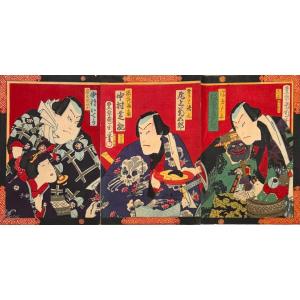





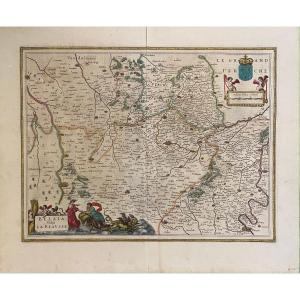
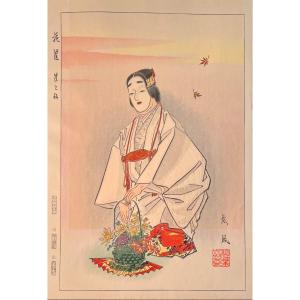
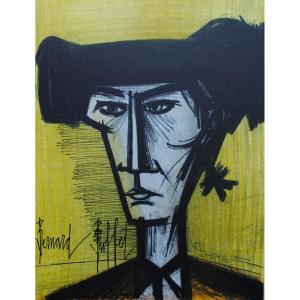

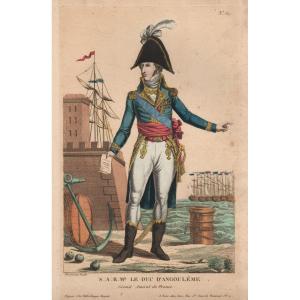
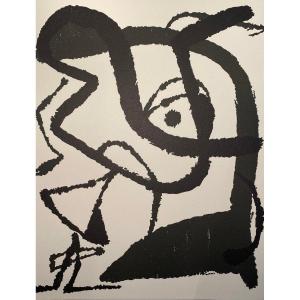
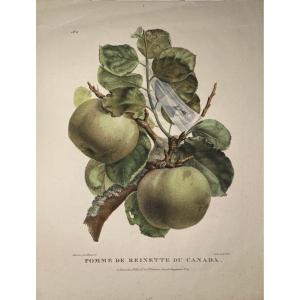


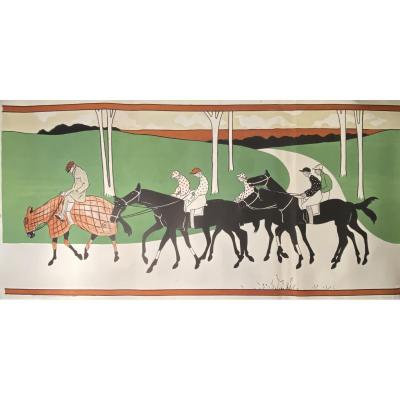





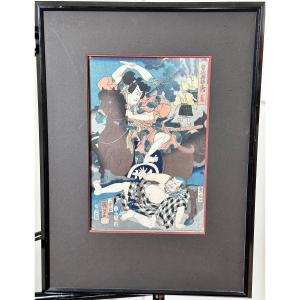



 Le Magazine de PROANTIC
Le Magazine de PROANTIC TRÉSORS Magazine
TRÉSORS Magazine Rivista Artiquariato
Rivista Artiquariato